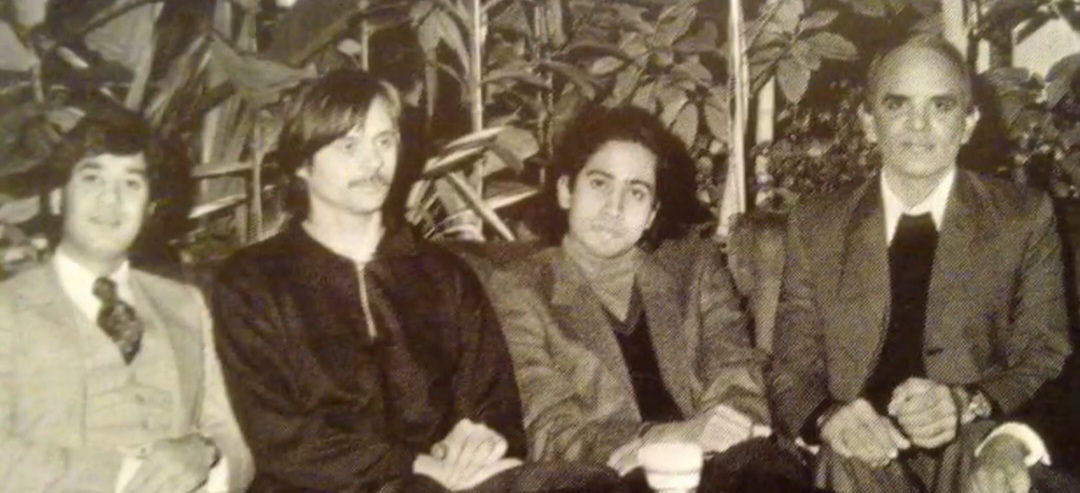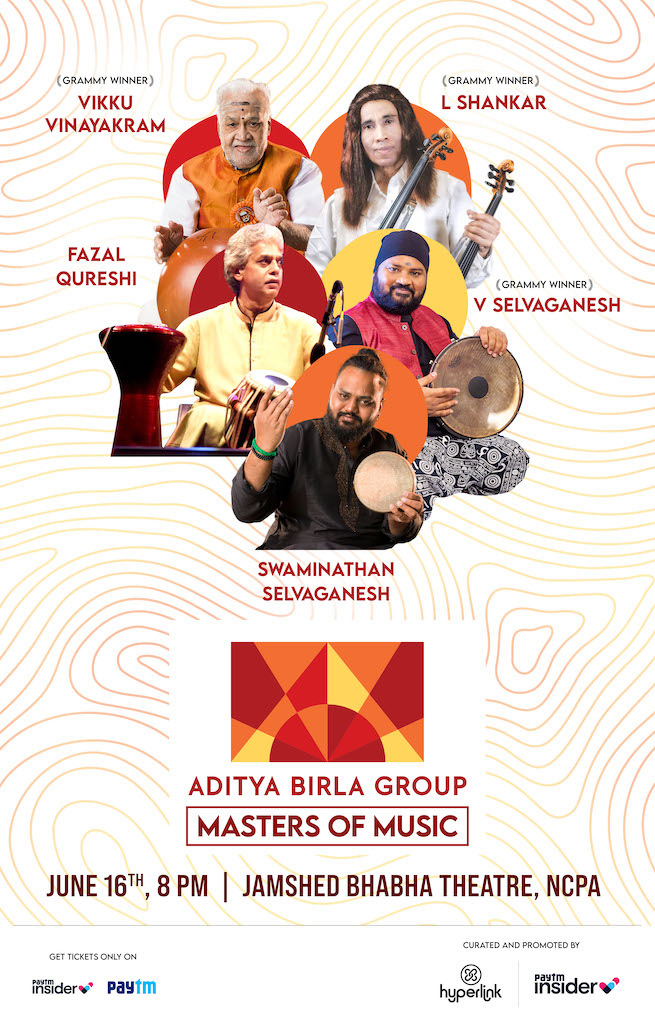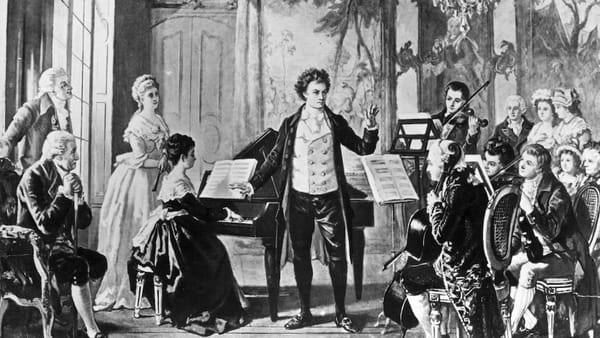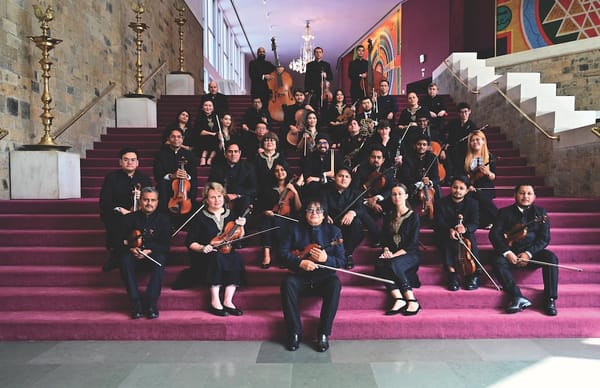Harmonizing Worlds: An Interview with Violin Virtuoso L. Shankar

In the realm of global music, few artists have bridged as many genres and cultures as violin virtuoso L. Shankar. A pioneering force behind the world-renowned band Shakti and the creator of the revolutionary 10-string stereophonic Double Violin, Shankar’s contributions to music span decades and continents. His collaborations with iconic figures such as Frank Zappa, Peter Gabriel, and John McLaughlin have cemented his status as a versatile and visionary musician. As he prepares to perform at the Aditya Birla ‘Masters of Music’ festival, Shankar reflects on his extraordinary journey, the influence of his musical upbringing, and the creative processes behind his groundbreaking work. In this exclusive interview, he offers insights into his past achievements, current projects, and the future directions of his illustrious career.

Serenade Team: You began studying music at a very young age and gave your first public concert at just seven years old. Can you share some of your earliest memories of learning and performing music, and how your family influenced your musical journey?
L. Shankar: My first concert was when I was 7 years old in a temple in Sri Lanka. I started singing at the age of two, violin at the age of five, and mridangam at the age of seven. My family members were all musicians—my father, mother, and uncles. There was always music in my home, which was like a temple of music. My father had many students from different countries. I was the sixth child, and though my father didn’t have much time to teach me directly, I learned a lot from listening. Listening is crucial for any kind of music learning. If you listen, you will learn. I was always practicing every day, singing, and playing the violin. I used to visualize having an audience and perform for them. So even today, whether I perform for five people or 10,000, it’s all the same to me. Performing is an opportunity to share your ideas and music.

ST: Shakti is considered one of the pioneering bands in world music. How did your collaboration with John McLaughlin come about, and what were some of the key moments that defined Shakti’s unique sound and global success?
LS: In the early 70s, John McLaughlin used to come to Wesleyan University to study veena with maestro S. Ramanathan. My uncle, Ramnad Raghavan, who taught mridangam there, introduced us. From the very first meeting, I started writing the initial songs and John would join me. He was very curious about Indian music, and I would write compositions that John would modify slightly. We started performing as Turiyananda Sangeet and later co-writing. The Shakti sound is very Indian, a natural progression for me. John’s background in Mahavishnu Orchestra and my familiarity with jazz helped us learn from each other. Shakti had four pillars: John on guitar, Zakir Hussain on tabla, Vikku Vinayakram on ghatam, and me. We spent a lot of time understanding each other, which is crucial for any great band. Our hard work and passion on stage resonated with audiences worldwide, making our first tour with Weather Report a huge success.

ST: You designed the 10-string stereophonic Double Violin, an instrument that covers the entire range of an orchestra. What inspired you to create this instrument, and how has it influenced your musical style and compositions?
LS: Necessity is the mother of invention. When recording my first solo album for Zappa Records, produced by Frank Zappa, I overdubbed vocals, violin, viola, cello, and bass. Carrying multiple instruments for different genres was difficult, so I designed one instrument for all genres—the LSD (L. Shankar’s Double Violin). It took two years to perfect the prototype. The Double Violin covers the entire range of an orchestra and can imitate other instruments like the flute, guitar, and synthesizer. In Indian music, certain ragas sound best on lower registers, each with different frequencies and emotions. My Double Violin reflects this versatility. I’m using the fourth edition, called the Peacock LSD, inspired by the peacocks I lived among in Kerala.

ST: Throughout your career, you’ve worked with a remarkable range of artists from Frank Zappa to Peter Gabriel and Phil Collins. What have been some of the most memorable collaborations for you, and what did you learn from these experiences?
LS: Artists like Frank Zappa, Phil Collins, and Peter Gabriel are exceptional, each with their own specialty. Working with them, I focused on their strengths and creativity. Our collaborations were mutual learning experiences. They loved Indian music, popular in the West since the 1970s, and I brought elements of Indian improvisation into various genres, from heavy metal to world music. My unique sound, recognized instantly, has been featured on over 1,000 albums, including film scores. My sound is my freedom and what makes my work last forever.

ST: Your work has been featured in numerous films and TV shows, including ‘The Last Temptation of Christ’ and ‘Heroes.’ How do you approach composing for visual media, and how does it differ from your other musical projects?
LS: My music is visionary. I always imagined scenes in my mind while composing, which made the transition to film scoring natural. For ‘The Last Temptation of Christ,’ Martin Scorsese explained the scenes to me, and I created the music accordingly. I’m a musician of spontaneity, often completing my work in the first take. Composing for films requires understanding the director’s vision and adapting my music to enhance the storytelling.

ST: Having performed and recorded in a variety of genres and with musicians from around the world, how do you see the role of music in bridging cultural gaps and bringing people together?
LS: Music has a tremendous role, but it depends on the vision of the people. We need peace at home first. Music can create amazing, diverse experiences, but people must want to receive it. To bridge cultural gaps and bring people together, there must be a genuine desire for peace and understanding. If that desire is present, music can be a powerful unifying force.

ST: Your album ‘Chepleeri Dream’ features collaborations with internationally renowned musicians. Can you tell us more about the creative process behind this album and what audiences can expect from your current world tour?
LS: In 2018, I was living in Kerala during a time of heavy rains and floods, which damaged my equipment. I recorded songs on my iPhone and sent them to my colleagues in the US. Tony Levin, Chester Thompson, Stephen Perkins, Robert Trujillo, Scott Page, Zac Baird, Jonathan Davis, and Josh Lopez all contributed their parts remotely. COVID-19 made travel impossible, but we created a cohesive album. My current world tour features these collaborations and the music we created during this challenging time.

ST: With such a diverse and accomplished career, what future projects or musical directions are you excited to explore next? Are there any new collaborations or genres you are eager to experiment with?
LS: I’ve finished three classical albums—one with Vikku Vinayakram ji, Selvaganesh, and Swaminathan Selvaganesh, and two with Abhijit Banerjee on tabla. I’m also working on a progressive rock album featuring star-studded musicians, following the success of ‘Chepleeri Dream.’ Additionally, I’m involved in several major soundtracks, which I can’t reveal yet. These projects continue to push my creative boundaries and allow me to explore new musical territories.

ST: You are participating in the Aditya Birla ‘Masters of Music’ festival, which celebrates musical maestros. How did this collaboration come about, and what can audiences expect from your performances at this festival?
LS: Before I tell you how this collaboration came about, I have to tell you about the musicians. They have all worked with me for many years. Vikku Vinayakram ji has been playing with me for over 60 years, since I was around 10 years old. We both grew up in Chennai and have known each other’s families for a long time. He has played with me in many of my solo classical concerts as well as with the Violin Trio. I invited Vikku ji to play with Shakti in the early 70s, and since then, we’ve toured all over the world with Shakti. I’ve also played with his extremely talented son Selvaganesh for many years. His son, Swaminathan, is also incredibly talented and comes from an amazing legacy of the foremost percussion family in South India. Fazal is an amazing tabla player, one of the most gifted. Fazal used to play with me when Allarakha Khan Sahab was with us. Ustad Allarakha would have been so proud of him and what he’s done to spread the music globally. I’ve played with all of them in different combinations for many years. This is an incredible supergroup, and the music we are going to create is going to take you to a whole new place. Like the many rivers of India, we are all like rivers meeting together to take you on a journey throughout India and all over the world. This is going to be an unbelievable concert at the highest level. I can promise you that.





